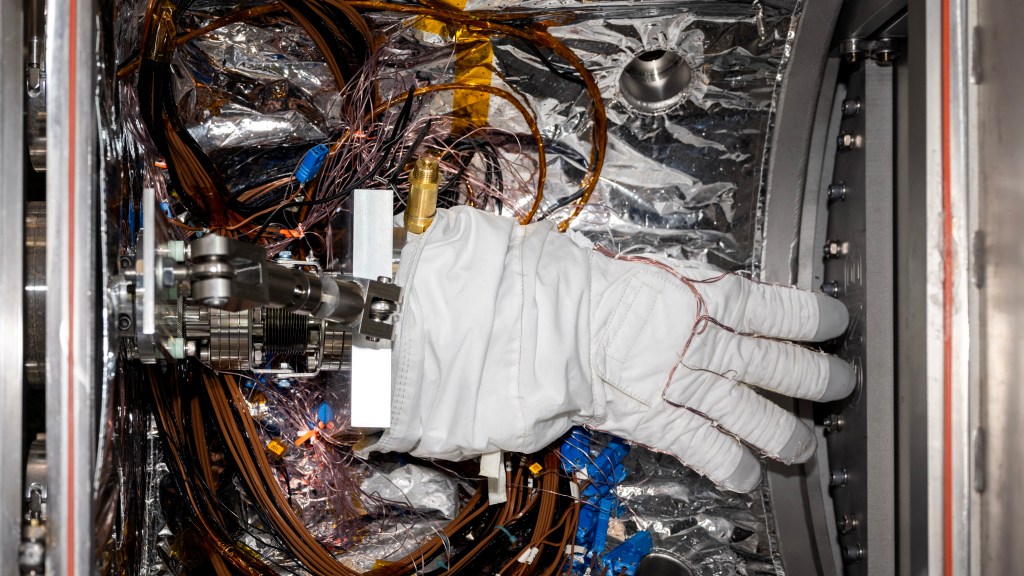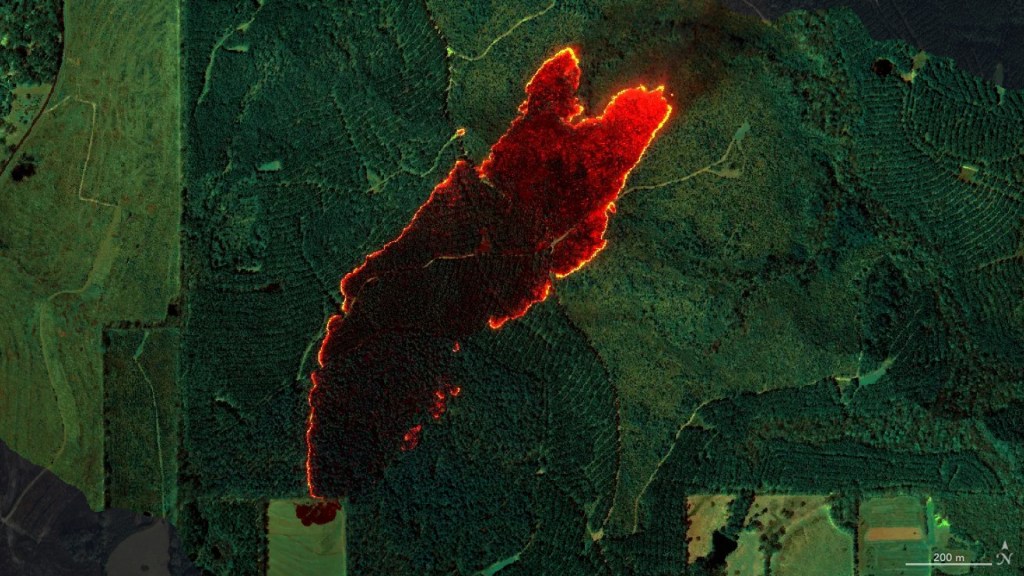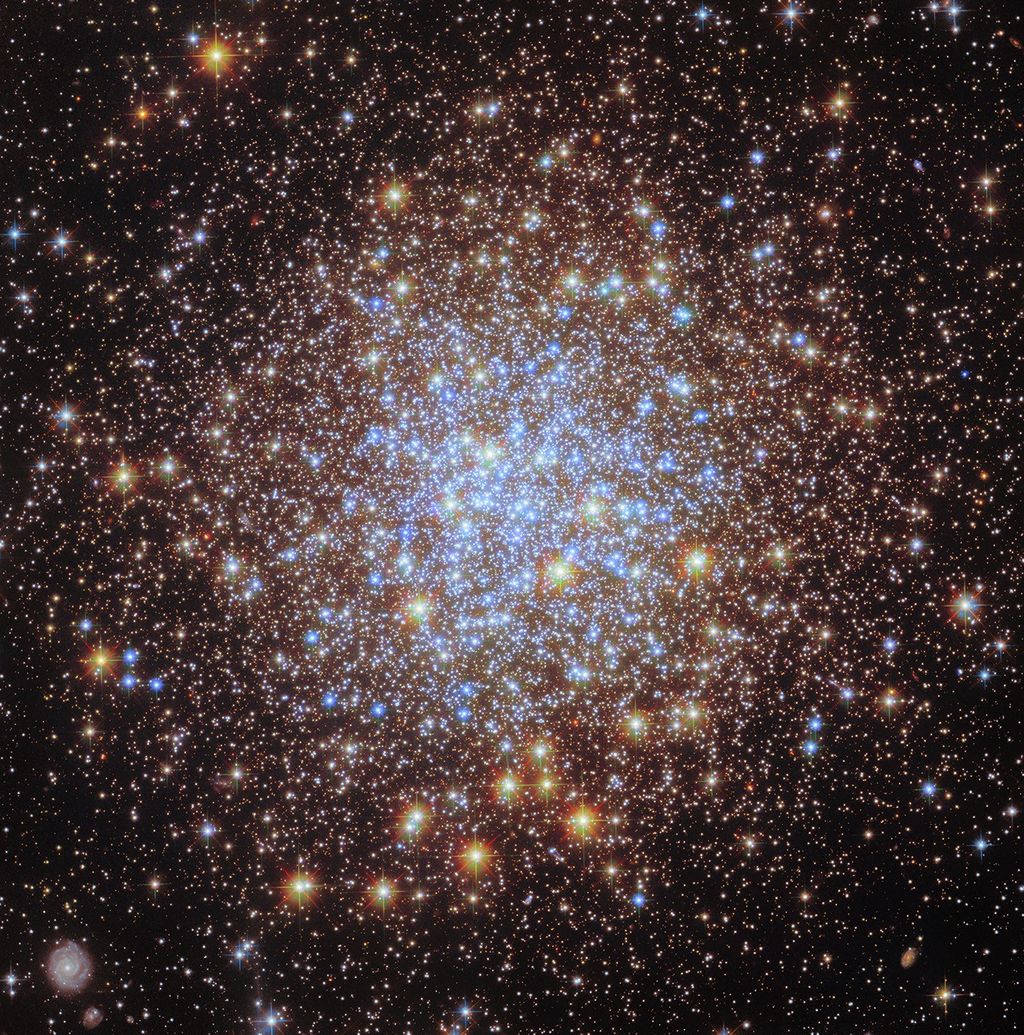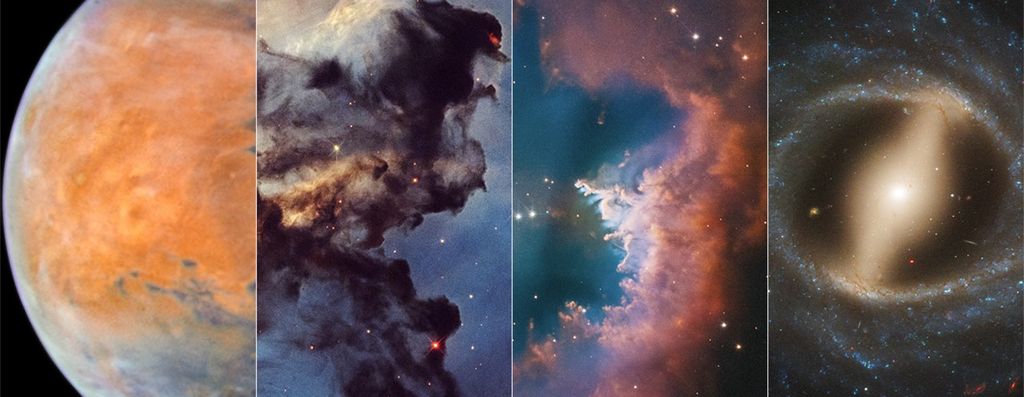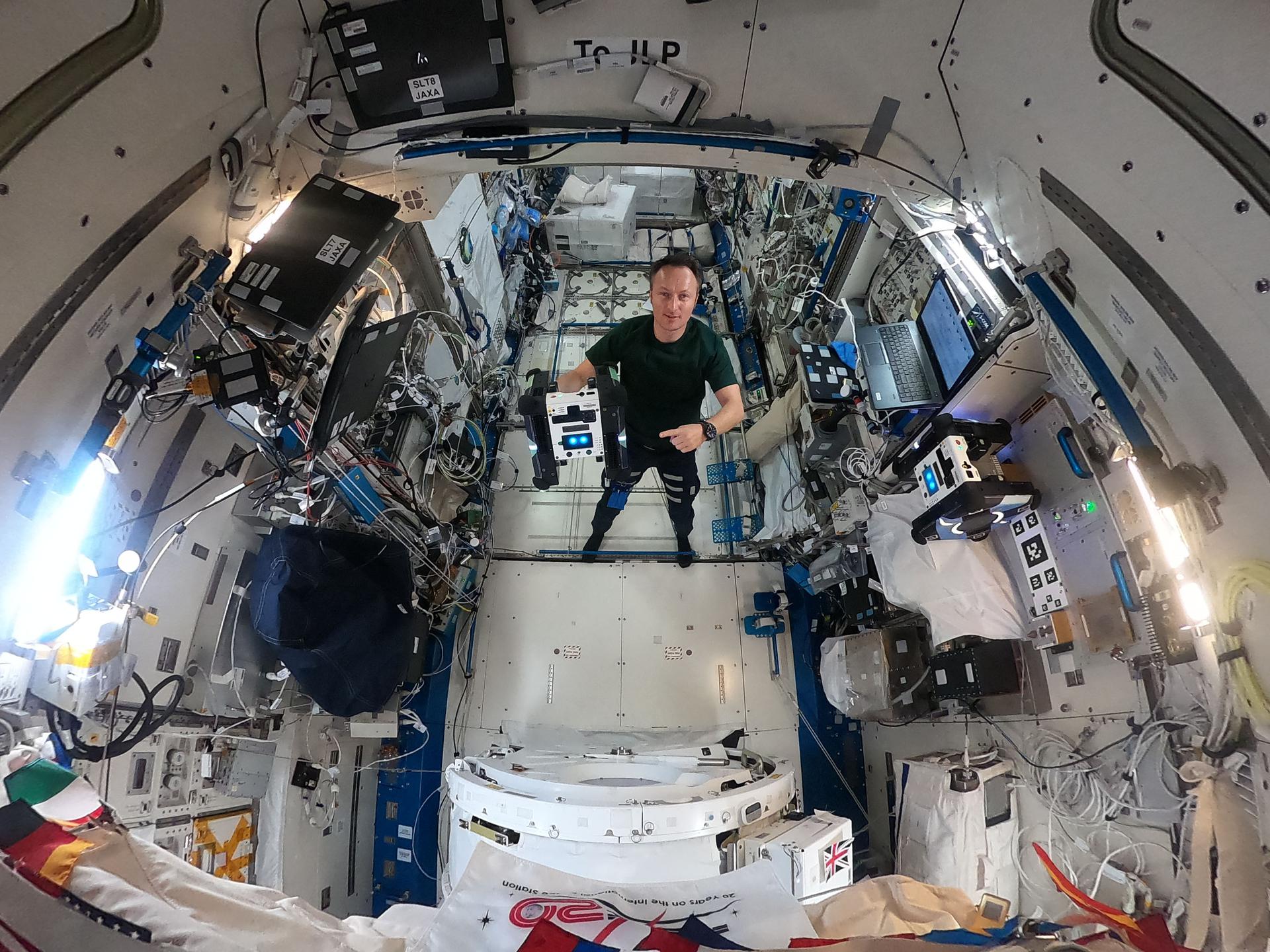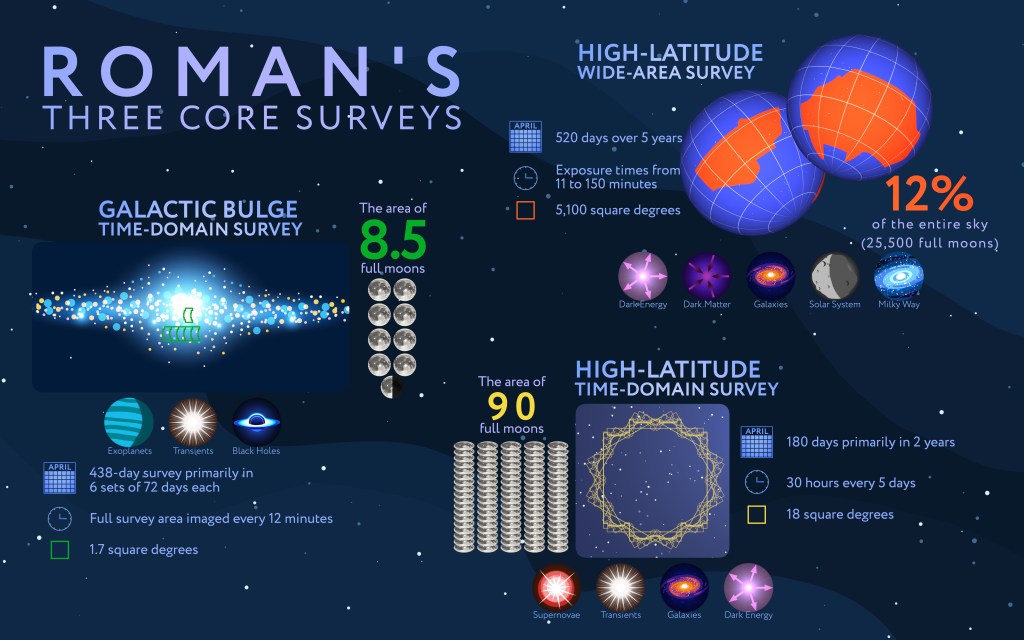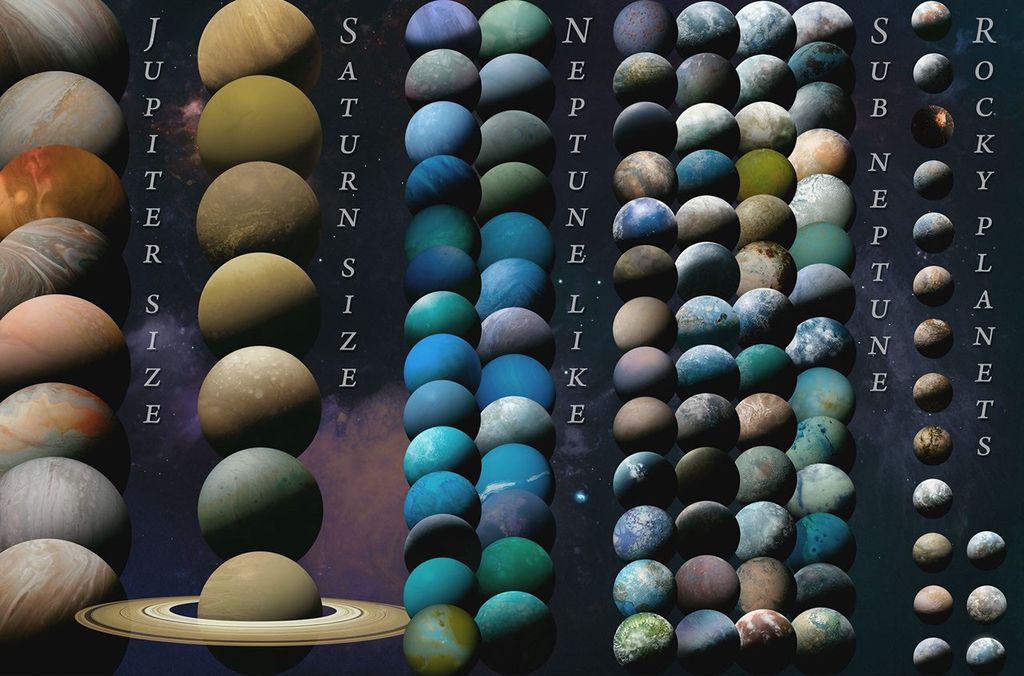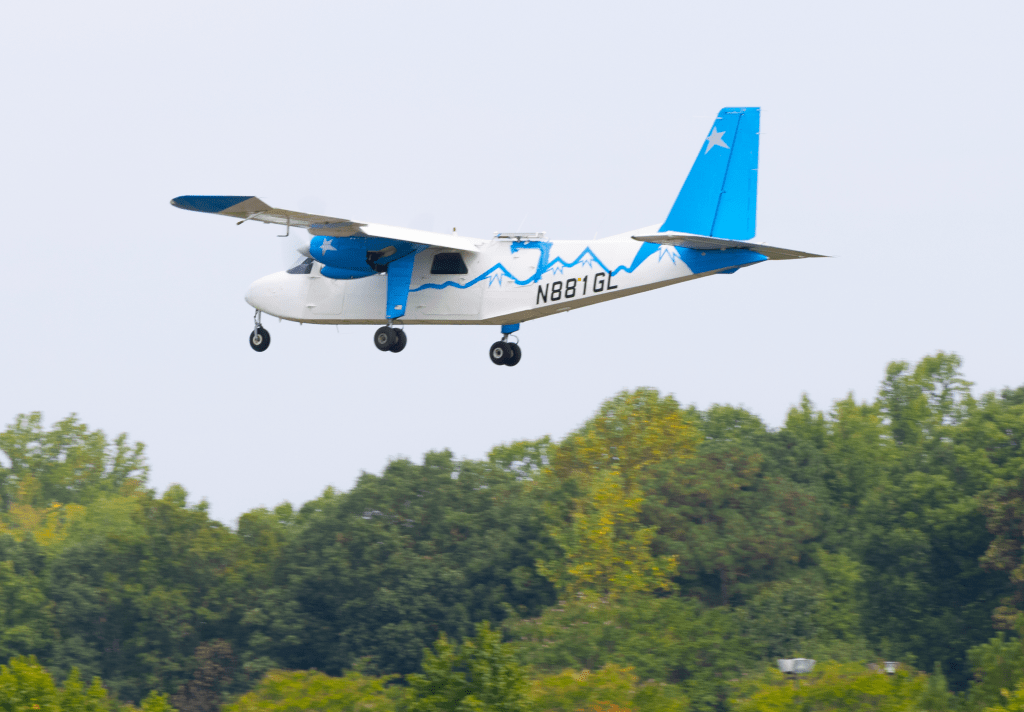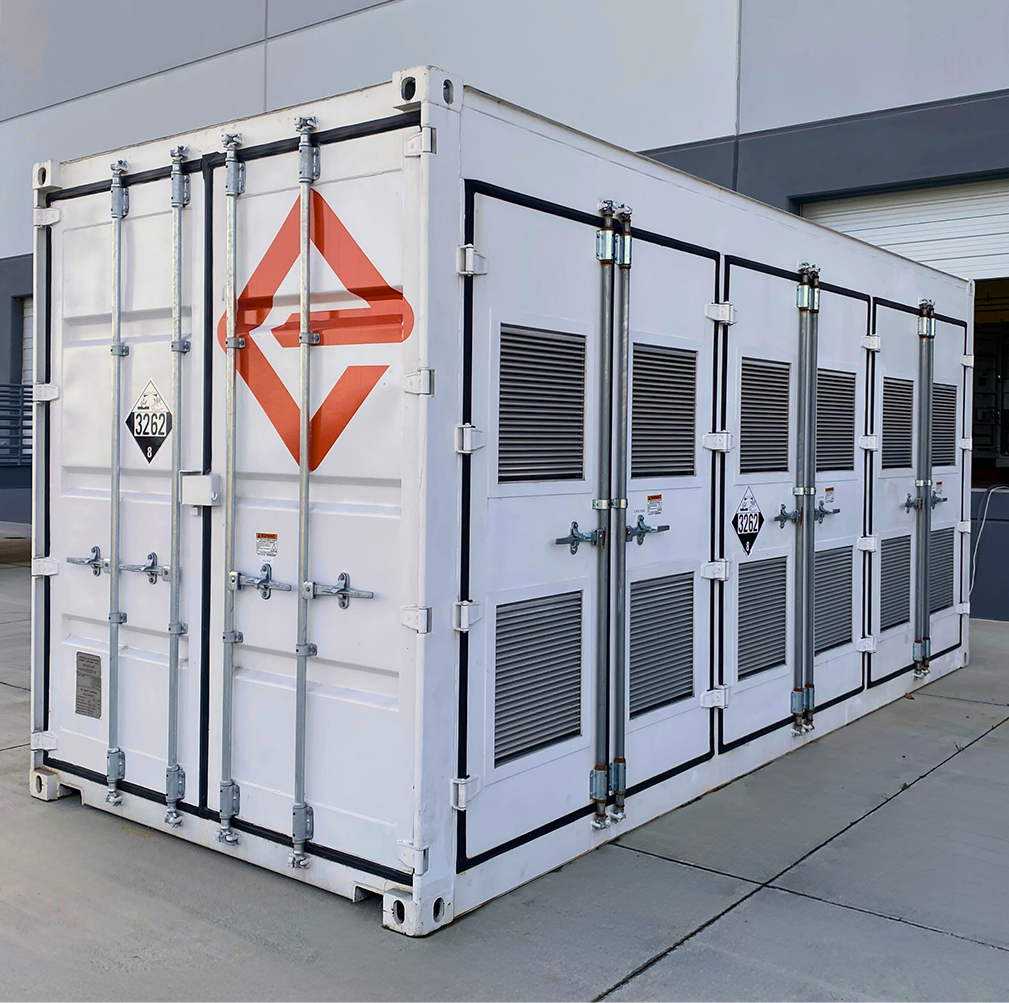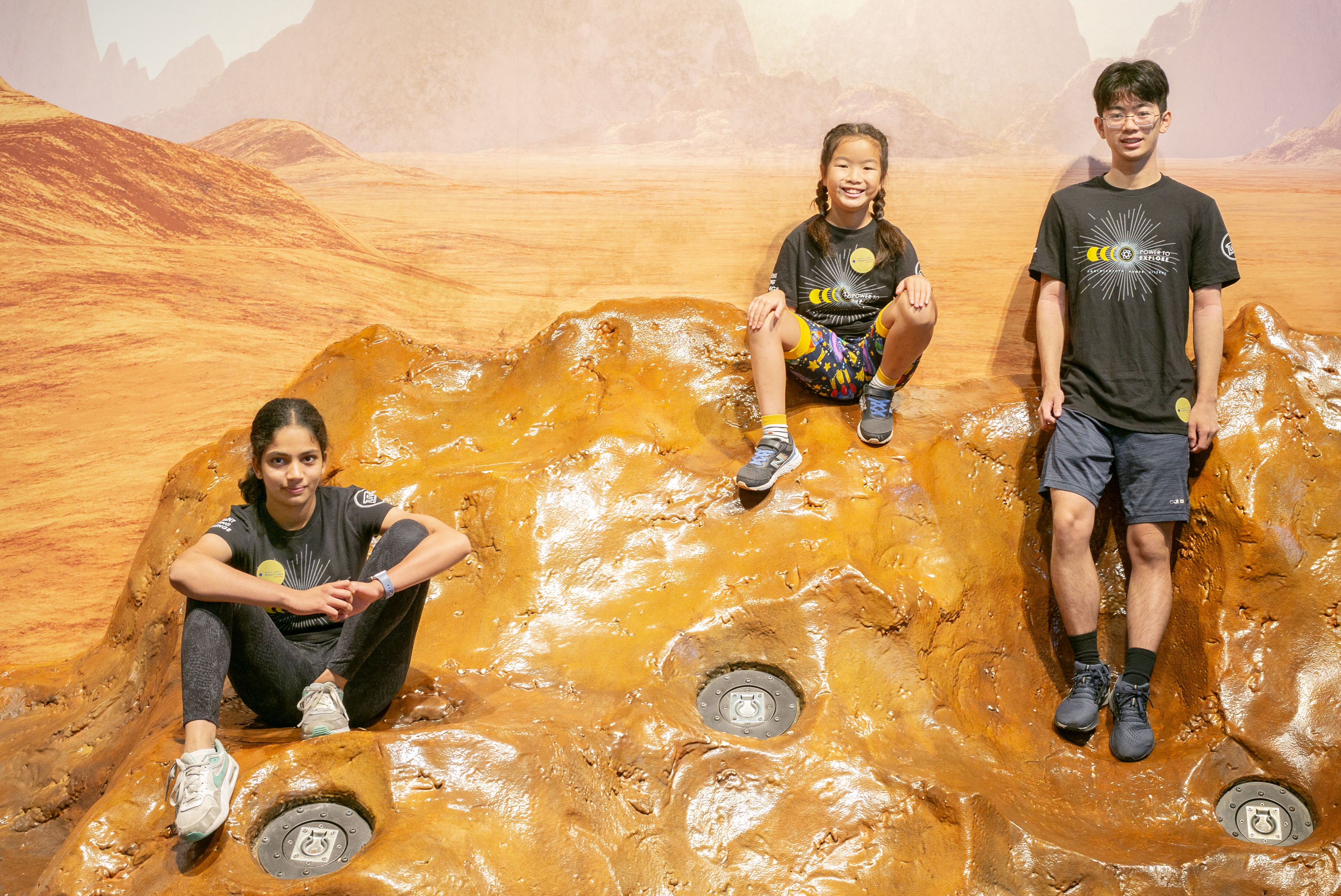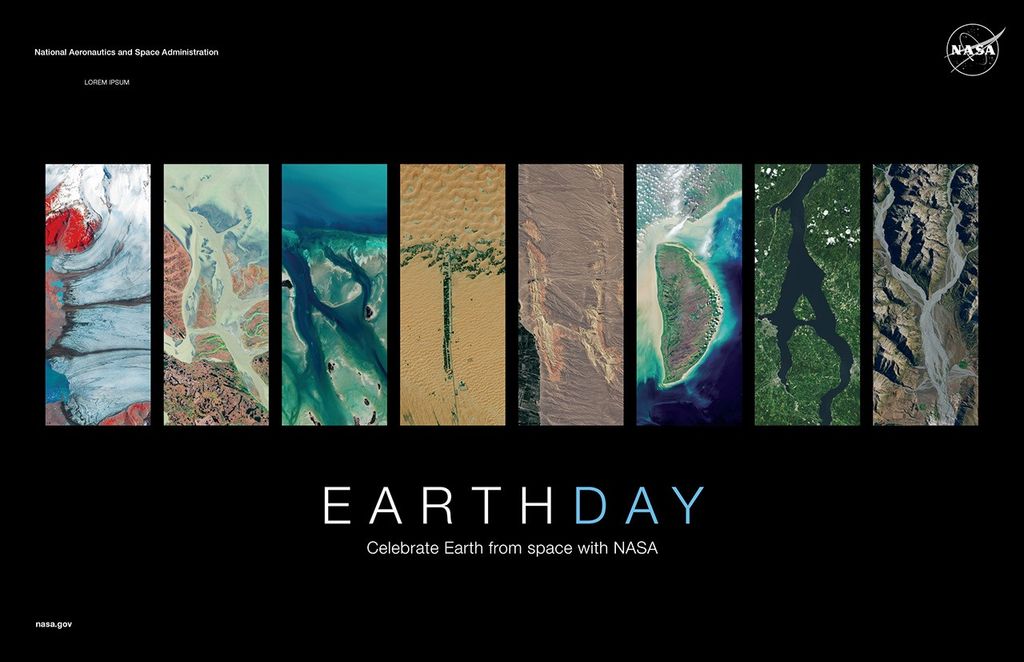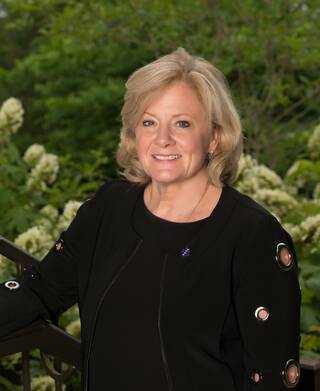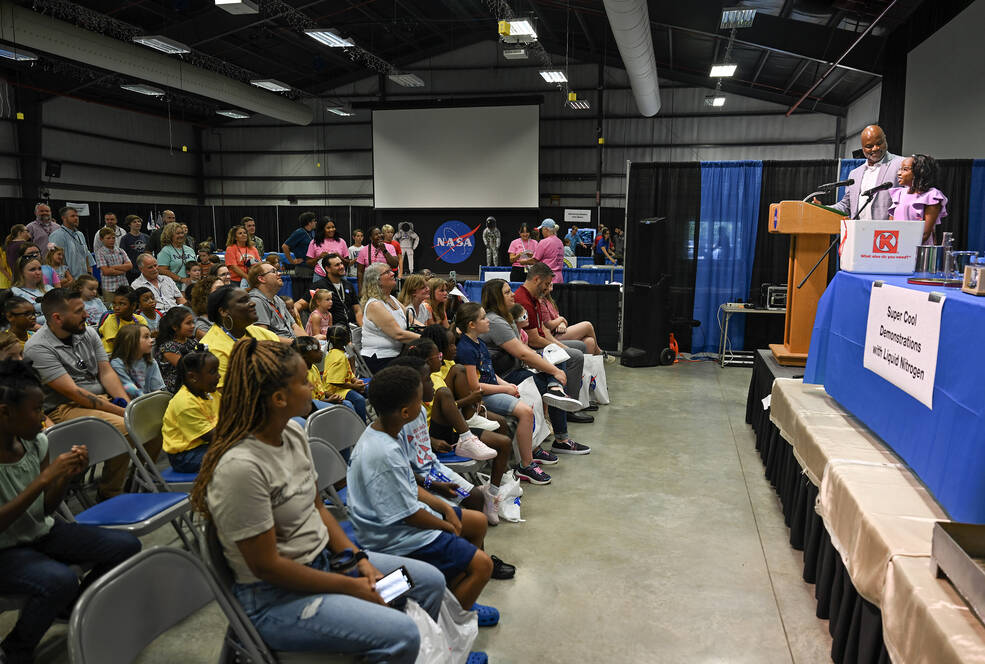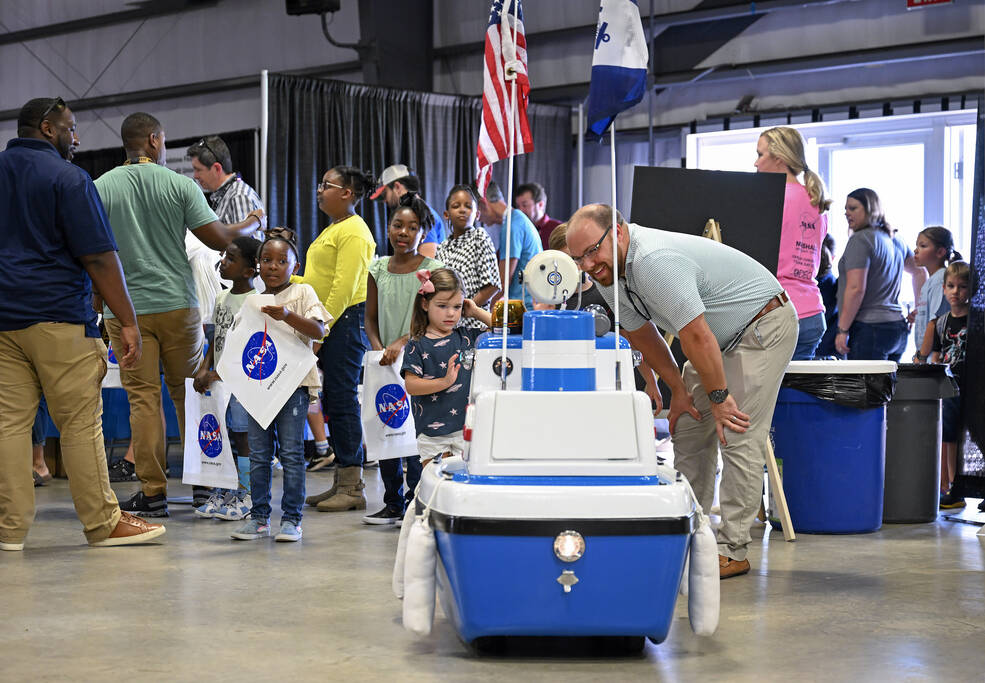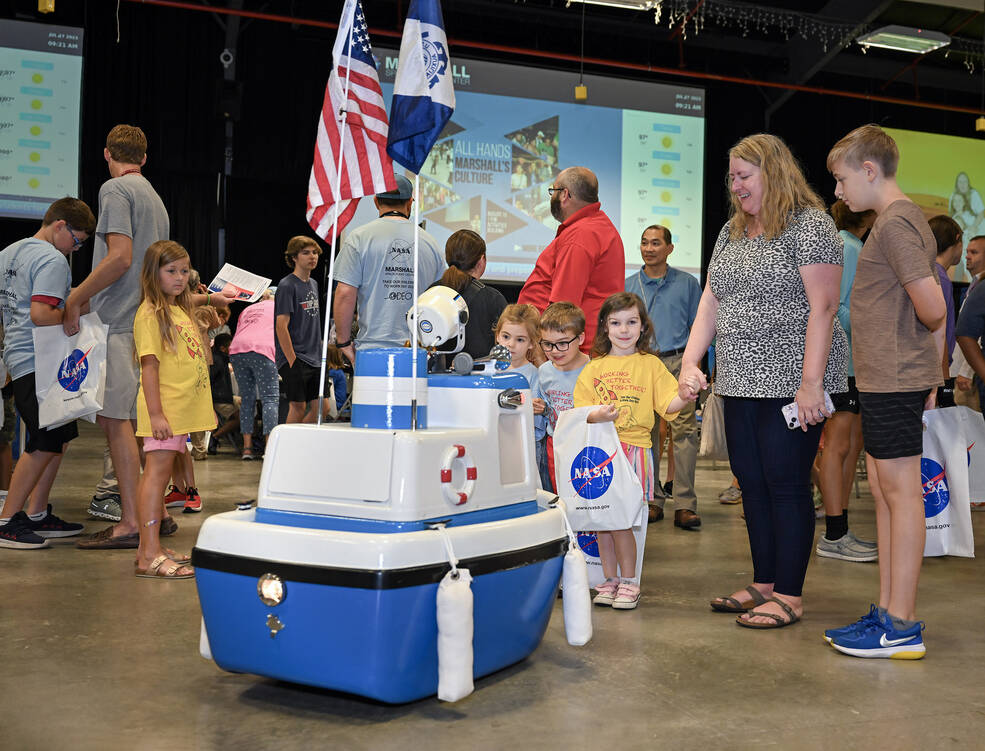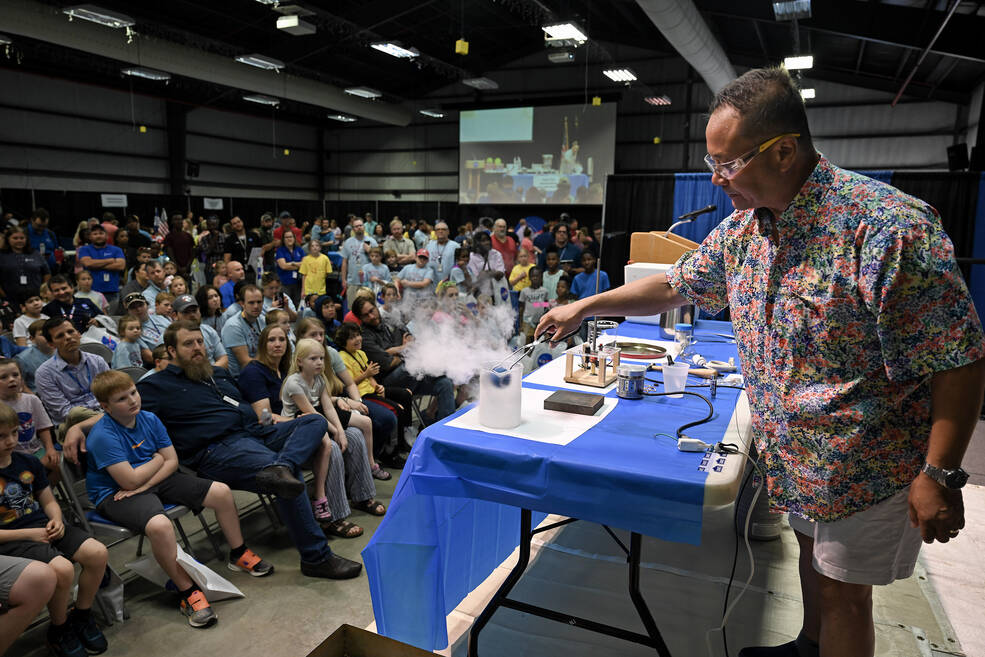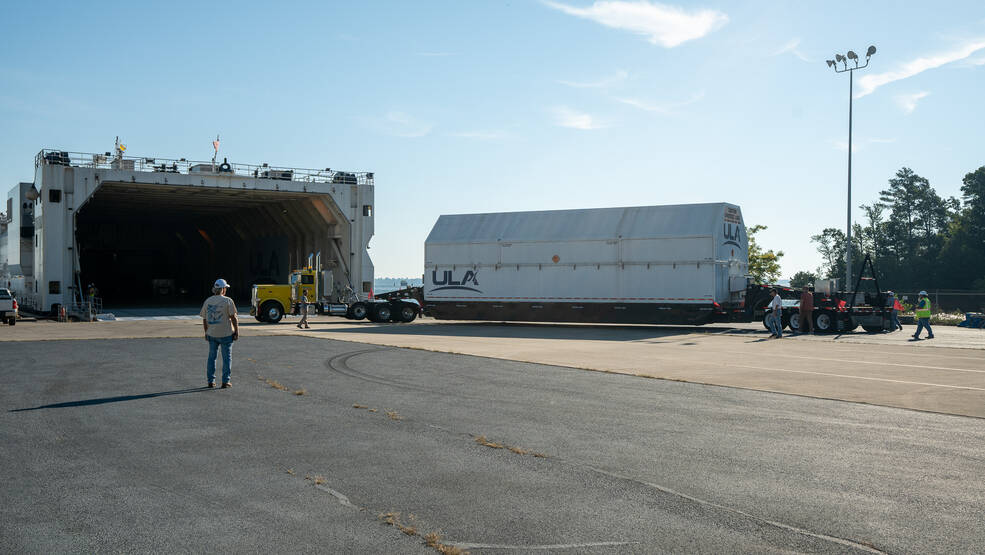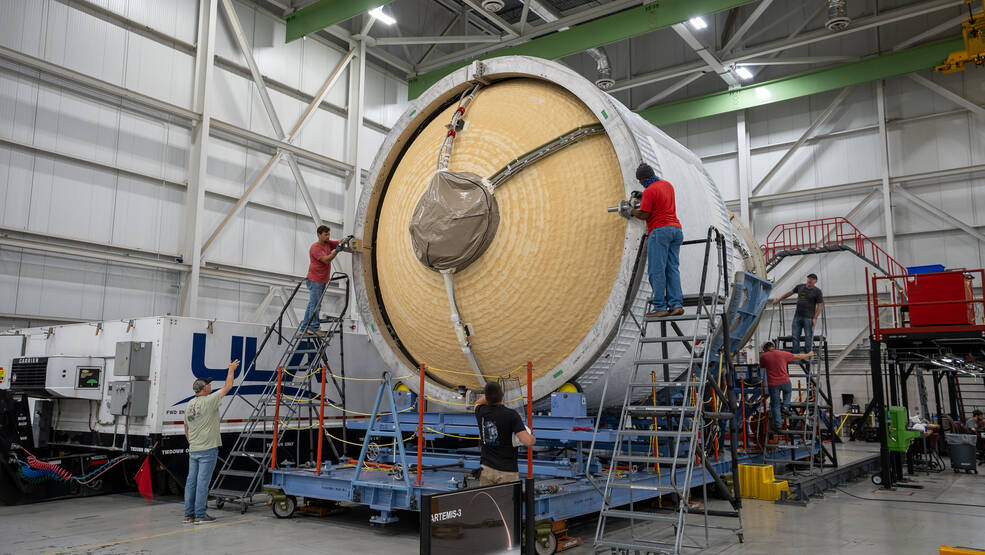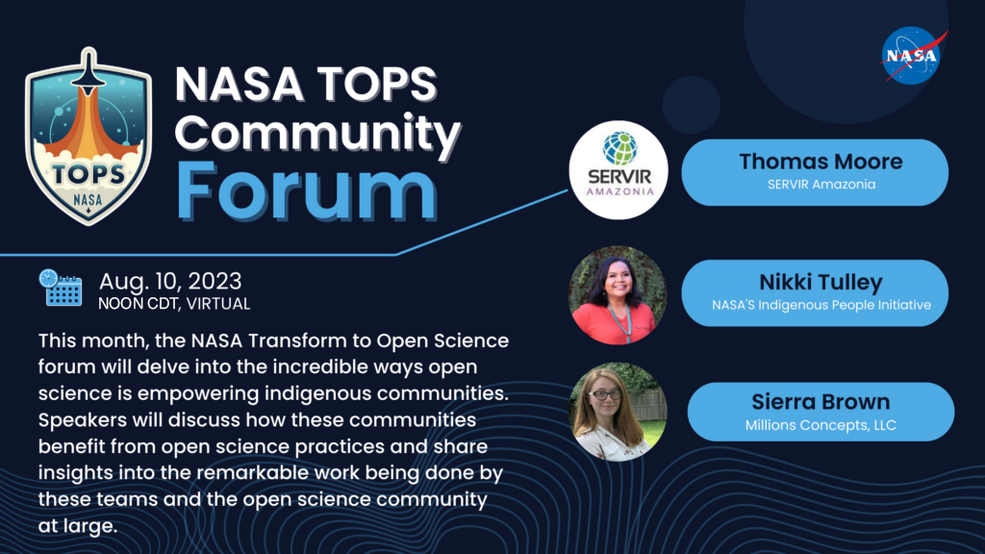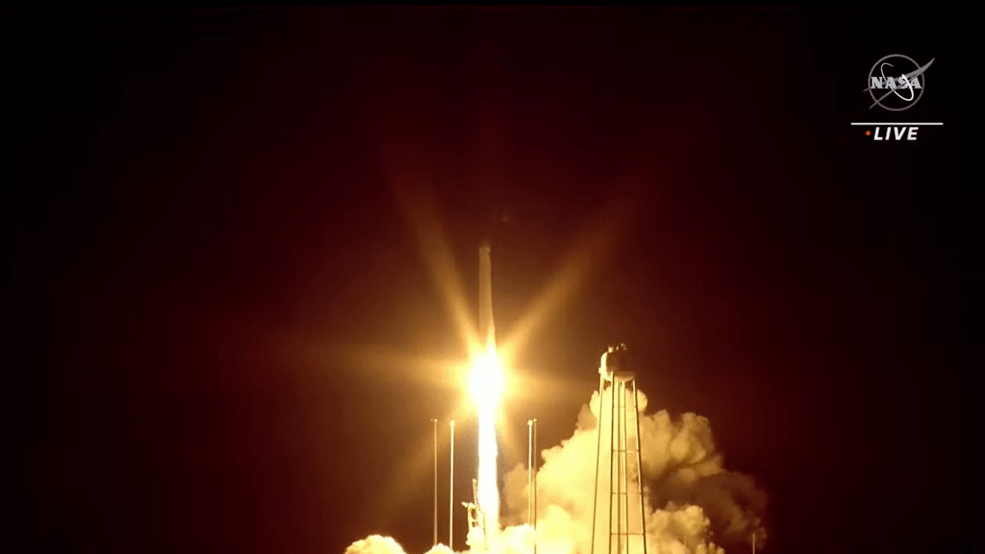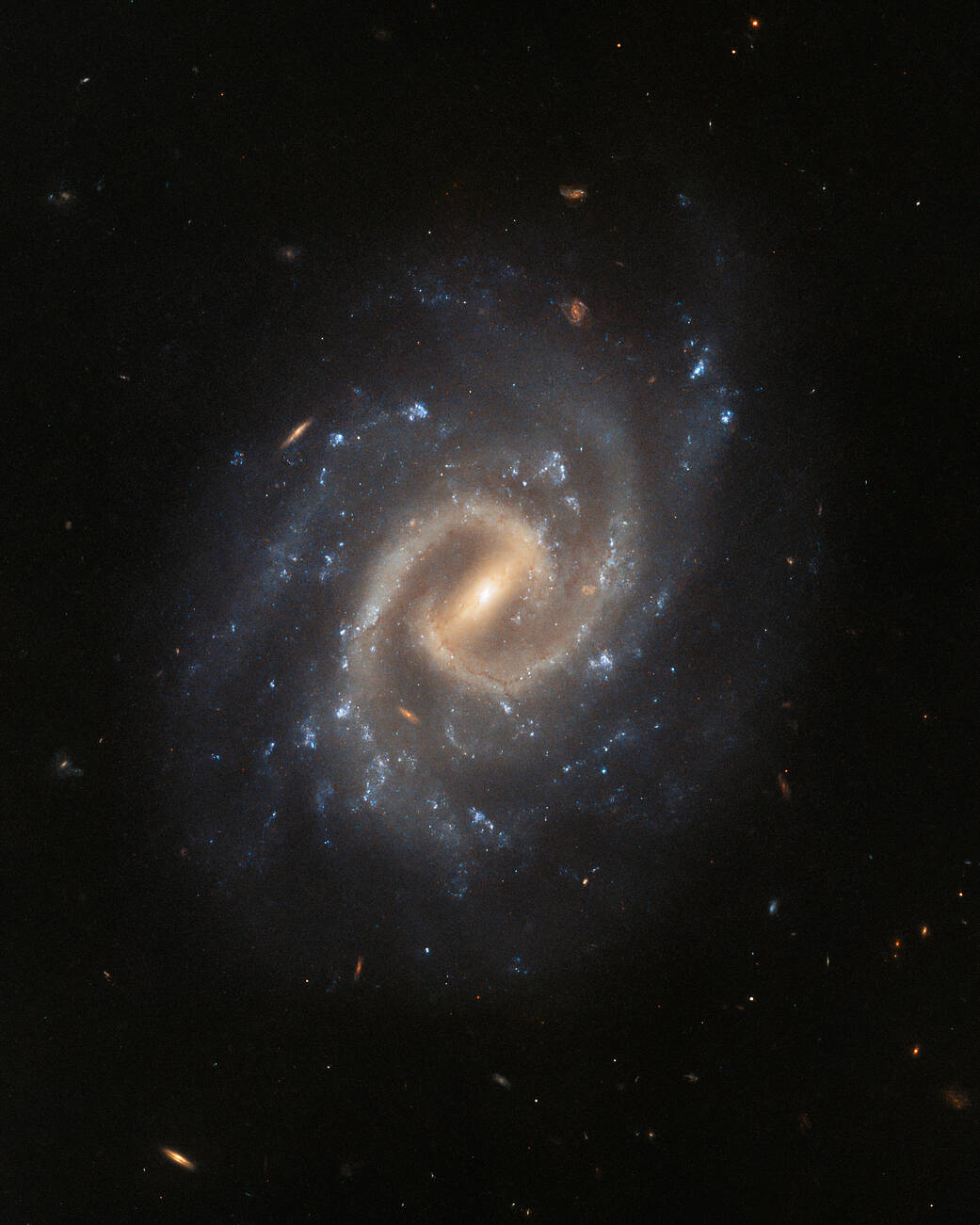The Marshall Star for August 2, 2023.
In This Week’s Star
- Jody Singer: Thanks to All for Being Such Wonderful Partners
- Take Our Children to Work Day Features Fun-Filled Activities
- NASA Rocket Hardware Prepped for Shipment to Space Coast
- SPoRT’s Lightning Prediction Tool Provides Critical Weather Forecasting Support at Rock the South
- Mars Ascent Vehicle Continues Progress Toward Mars Sample Return
- NASA TOPS Program Hosting Virtual Forum Aug. 10 for World Indigenous Peoples Day
- Science, Hardware Launch on NASA’s Northrop Grumman Cargo Mission
- Hubble Peers at a Tranquil Galaxy
- First Launch Simulation for Artemis II Featured on ‘This Week at NASA’
Jody Singer: Thanks to All for Being Such Wonderful Partners
After a fulfilling 38-year career with NASA’s Marshall Space Flight Center, it is time to change my orbit and retire as center director. I have been blessed to be Marshall’s center director since 2018, managing nearly 7,000 employees and a $5 billion annual budget. I have always been proud of the enormously important work all of us do here and at NASA.
As I look back on my career, I marvel at the vast array of projects and missions I worked on. I started my career as an engineering intern in the Space Shuttle Program office and worked on the Return to Flight activities after the Challenger accident. My first massive challenge came with being the first female solid rocket motors project manager for the shuttle program. Boosters were not my expertise, so I had to rely on my talented team, especially during the Columbia accident Return to Flight. The Columbia accident was one of the darkest days in space history and in my career. Through the experience, I truly learned how to listen to my wonderful and talented team and how to create a cohesive environment despite difficult times. It also led me to the realization that I had more to give to NASA and Marshall, and higher leadership became a goal for me.
Throughout my career, I have continued to challenge myself by tackling new roles, many that were not in my immediate comfort zone. I have also been fortunate to have amazing mentors/coaches along the way. Their willingness to support me has always helped me pay it forward. I have had the opportunity to mentor others along the way and am a huge proponent of individuals reaching out and finding mentors.
By the time you read this, I will have already retired. I can tell you that means I have given my two Dachshunds a lot of love and enjoyed some peace and quiet at home with my family. In my retirement, I look forward to taking time to truly relax and being able to say, “Yes! I can book a hair appointment during the day.” I also plan to finally make time to use the art class gift certificate my husband gave me three years ago, which expires in December. Really, this isn’t a goodbye, but a “See you later.” Thank you to everyone with whom I have had the pleasure of working alongside over the years, it’s truly been an honor to be a part of NASA’s Marshall Space Flight Center and Team Redstone.
One of my favorite quotes is: “If you want to go fast, go alone……if you want to go far, let’s go together!” Thanks to all for being such wonderful partners.
GO Artemis! Ad Astra!
Jody Singer, 14th center director, Marshall Space Flight Center
Take Our Children to Work Day Features Fun-Filled Activities
Larry Mack, deputy director of the Office of Human Capital at NASA’s Marshall Space Flight Center, and his daughter, Alexis Mack, welcome families to the 2023 Take Our Children to Work Day in Building 4316 on July 28. The event showcased a multitude of interactive presentations for the children of NASA employees to learn about different aspects of space, new technologies, and science. (NASA/Charles Beason)
A representative from the Coast Guard Auxiliary, right, introduces Coastie the Safety Boat to a girl at the Take Our Children to Work Day. Coastie the Safety Boat is a robotic miniature boat that can speak. Sponsored by the Coast Guard Auxiliary, Coastie the Safety Boat informs children about water safety rules. The Coast Guard Auxiliary also educated the children about preserving the marine environment. (NASA/Charles Beason)
Coastie the Safety Boat, the Coast Guard Auxillary’s robotic talking boat, prompts smiles and curiosity at Take Our Children to Work Day. (NASA/Charles Beason)
Howard Soohoo, a chief engineer supporting Marshall’s Science Research and Projects Division, dips a Styrofoam ball into liquid nitrogen during an activity at Take Our Children to Work Day. Children also brought their own items to find out how they react to liquid nitrogen. Soohoo explained the science behind the reactions and the effects of extremely low temperatures. (NASA/Charles Beason)
NASA Rocket Hardware Prepped for Shipment to Space Coast
With Artemis teammates and media watching, United Launch Alliance (ULA) crews guide the ICPS (interim cryogenic propulsion stage) for NASA’s SLS (Space Launch System) rocket for Artemis III to the loading dock at ULA’s facility in Decatur, Alabama, July 31. ULA’s R/S RocketShip will transport the flight hardware to ULA’s facility in Florida near NASA’s Kennedy Space Center, where it will undergo final checkouts. The ICPS with its single RL10 engine provides in-space propulsion during Artemis III, firing to send astronauts inside NASA’s Orion spacecraft on a precise trajectory to the Moon. This ICPS for Artemis III is the last of its kind as SLS transitions to its next, more powerful Block 1B configuration with an upgraded upper stage beginning with Artemis IV.
“The ICPS is a key piece of hardware for NASA’s SLS rocket, and with this shipment, NASA is another step closer to returning astronauts to the lunar surface under Artemis,” said Chris Calfee, deputy manager for the SLS spacecraft and payload integration and evolution office. “Together, NASA, ULA, and Boeing have produced a powerful and dynamic in-space propulsion stage that has laid the foundation for human exploration of deep space for decades to come.”
The ICPS is manufactured by ULA. Its RL10 engine is produced by Aerojet Rocketdyne, the SLS engines lead contractor, in West Palm Beach, Florida. ULA is working with Boeing, the SLS core stage and exploration upper stage lead contractor, to develop ICPS. NASA is working to land the first woman and first person of color on the Moon under Artemis. SLS is part of NASA’s backbone for deep space exploration, along with the Orion spacecraft, advanced spacesuits and rovers, the Gateway in orbit around the Moon, and commercial human landing systems. SLS is the only rocket that can send Orion, astronauts, and supplies to the Moon in a single mission. (NASA/Brandon Hancock)
ULA technicians in Decatur prepare the ICPS for boxing July 29. The SLS upper stage is raised and lowered into a container for shipment to the Space Coast. (NASA/Brandon Hancock)
SPoRT’s Lightning Prediction Tool Provides Critical Weather Forecasting Support at Rock the South
By Liz Junod
A threat of lightning prevented more than 35,000 people from entering Rock the South –an outdoor country music festival in Cullman, Alabama, last month. The decision, a safety precaution prior to the event, was heavily influenced by NASA Marshall Space Flight Center’s Short-Term Prediction Research and Transition Center’s (SPoRT) new Lightning- AI (Artificial Intelligence) tool.
This new technology can predict the probability of lightning up to 15 minutes in advance before a flash occurs and was instrumental in informing concert organizers during the three-day event. Meteorologists Huntir Cramer and Dan Dixon from the National Weather Service of Huntsville were stationed at Cullman County Emergency Management Agency Mobile Emergency Operations Center at Rock the South to provide operational weather support for the event. Both Cramer and Dixon used SPoRT’s Lightning-AI product to forecast the threat of lightning July 21.
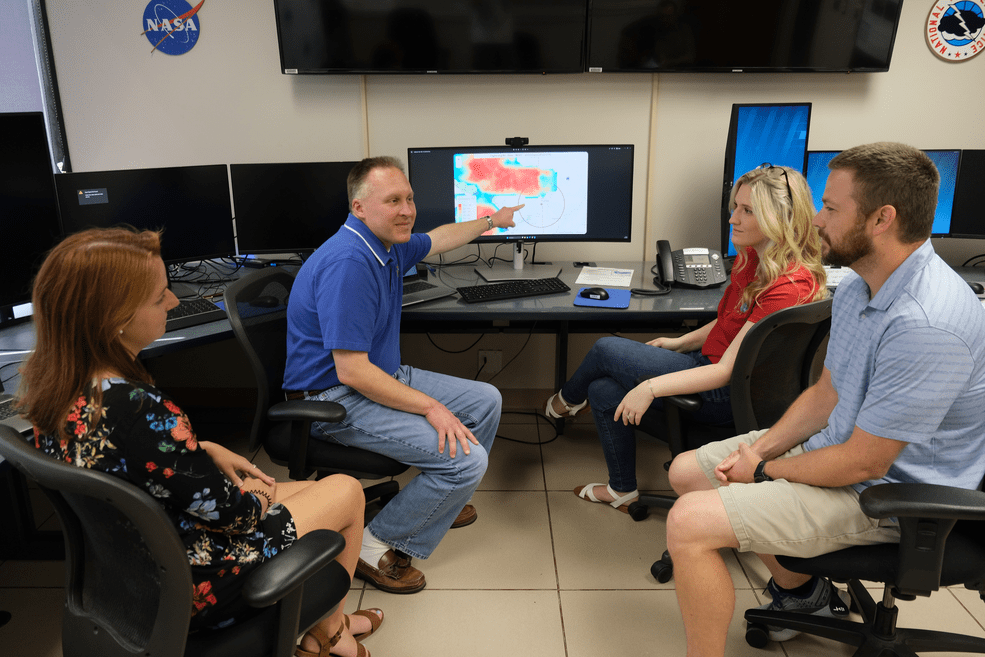
“Summertime pop-up convection can happen very quickly, so having any type of advance warning is extremely helpful, especially with large outdoor events taking place,” Cramer said.
Operating SPoRT’s new Lightning Viewer, which houses a suite of lightning products, including Lightning-AI, Cramer and Dixon used the viewer’s range ring tool to set up a defined milage perimeter around Rock the South.
“One storm that developed to the south-southwest of the venue ended up congealing with the storm just to the north of it and started generating a lot of lightning,” Dixon said.
Said Cramer, “As we saw the product’s probability of lightning increasing closer to the range ring around the venue, we knew this would cause a risk to the public’s safety.”
Dixon and Cramer quickly alerted Cullman County’s Emergency Management Agency that SPoRT’s Lightning-AI product was indicating a 50% chance of lightning striking close to the venue around 3 p.m.
This information prompted event coordinators for to bar concertgoers from entering the venue so they could shelter in their vehicles. Lightning did in fact occur within 5 miles of the venue while it was closed for safety.
Cramer and Dixon continued monitoring the threat of lightning using Lightning-AI and determined the threat of lightning was substantially decreasing during the 6 p.m. hour. This information helped event coordinators decide that it was safe to open the venue at 6:30 p.m.
The idea behind SPoRT’s Lightning-AI product came from Marshall’s lightning research scientist, Dr. Christopher Schultz. His goal was to develop a product that could predict lightning before it occurs. The current guidance of “Thunder Roars Go Indoors” is reactive, meaning lightning is already occurring.
“By providing more lead time to predict lightning, in turn we can give the public more time to seek shelter, and be out of harm’s way of lightning,” Schultz said.
Schultz teamed up with SPoRT colleagues Andrew White and Robert Junod at the University of Alabama in Huntsville (UAH) to develop Lightning-AI using machine learning techniques.
“The machine-learning model was trained on a lot of data from previous events to learn the trends and patterns within the data that lead to lightning initiation,” White said. “It then applies what it has learned to make predictions on future events.”
This new technology was integrated into a freely accessible, interactive viewer, called Lightning Viewer, on SPoRT’s website in June with the help of SPoRT’s data production team, comprised of lead scientific programmer Roger Allen and software developer Michael Antia of Jacobs Space Exploration Group.
Currently, SPoRT’s Lightning-AI is only active near NASA centers in support of NASA emergency managers. However, it will expand to support local National Weather Service offices and their partners in areas near NASA facilities.
Rock the South was the first time SPoRT’s Lightning-AI product was used to support decision-making for a large, public outdoor event. UAH research associate Kelley Murphy, an expert in lightning safety, and the National Weather Service Applications Integrations Meteorologist Kris White are integral members of SPoRT’s Engagement Training and Assessment (ETA) team.
The ETA team communicates frequently with end users of SPoRT products. This engagement, such as with the National Weather Service of Huntsville, allows ETA to collect valuable feedback.
“We can use feedback from Huntir and Dan to tailor the product to their operational need,” Murphy said. “We value their input and want to make sure that products like Lightning-AI are easy to use and help them with their forecasting and decision-support tasks.”
From the feedback provided, Murphy will work with SPoRT’s data production team to determine if changes to SPoRT’s Lightning Viewer need to be made. Murphy and Kris White also will be hosting additional assessments with other SPoRT stakeholders to gain more insight to optimize the Lightning-AI product and benefit multiple entities of the operational weather community.
Junod is a communication specialist supporting NASA SPoRT.
Mars Ascent Vehicle Continues Progress Toward Mars Sample Return
By Jessica Barnett
NASA’s Mars Ascent Vehicle (MAV) recently reached some major milestones in support of the Mars Sample Return program. The Mars Ascent Vehicle would be the first launch of a rocket from the surface of another planet. The team developing MAV conducted successful tests of the first and second stage solid rocket motors needed for the launch.
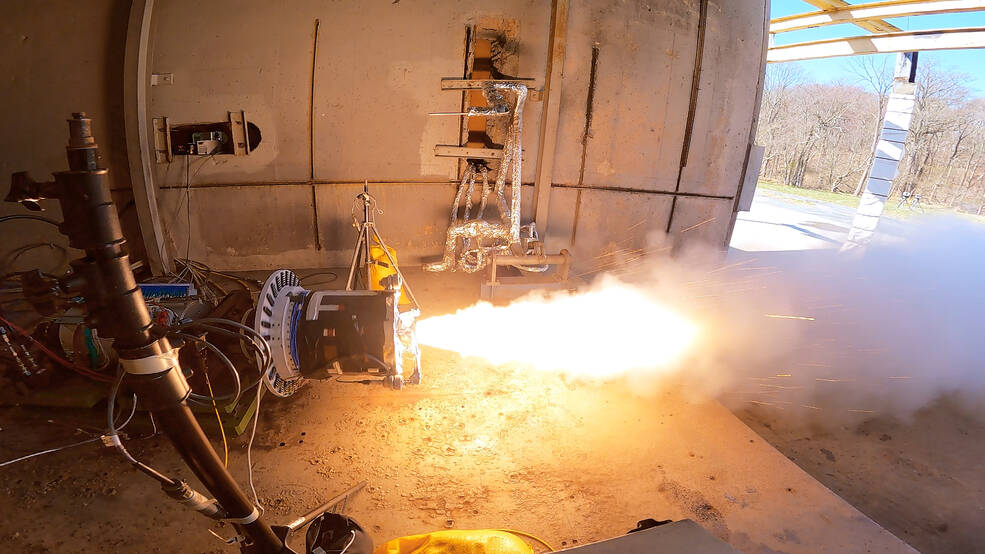
Mars Sample Return will bring scientifically selected samples to Earth for study using the most sophisticated instrumentation around the world. This strategic partnership with ESA (European Space Agency) features the first mission to return samples from another planet. The samples currently being collected by NASA’s Perseverance Rover during its exploration of an ancient river delta have the potential to reveal the early evolution of Mars, including the potential for ancient life.
Managed at NASA’s Marshall Space Flight Center, MAV is currently set to launch in June 2028, with the samples set to arrive on Earth in the early 2030s. The Mars Sample Return Program is managed by NASA’s Jet Propulsion Laboratory (JPL).
For the MAV to be successful, the team performs extensive testing, analysis, and review of MAV’s design and components. The vehicle will travel aboard the Sample Retrieval Lander during launch from Earth, a two-year journey to Mars, and nearly a year of receiving samples collected by Perseverance.
After the Sample Transfer Arm on the lander loads the samples from Perseverance into a sample container in the nose of the rocket, the MAV will launch from Mars into orbit around the planet, releasing the sample container for the Earth Return Orbiter to capture.
The MAV launch will be accomplished using two solid rocket motors – SRM1 and SRM2. SRM1 will propel MAV away from the Red Planet’s surface, while SRM2 will spin MAV’s second stage to place the sample container in the correct Mars orbit, allowing the Earth Return Orbiter to find it.
To test the solid rocket motor designs, the MAV team prepared development motors. This allowed the team to see how the motors will perform and if any adjustments should be made before they are built for the mission. The SRM2 development motor was tested on March 29 at the Northrop Grumman facility in Elkton, Maryland. Then, SRM1’s development motor was tested on April 7 at Edwards Air Force Base in California.
SRM1’s test was conducted in a vacuum chamber that was cooled to minus-20 degrees Celsius (minus-4 degrees Fahrenheit) and allowed the team to also test a supersonic splitline nozzle, part of SRM1’s thrust vector control system. Most gimballing solid rocket motor nozzles are designed in a way that can’t handle the extreme cold MAV will experience, so the Northrop Grumman team had to come up with something that could: a state-of-the-art trapped ball nozzle featuring a supersonic split line.
After testing and disassembling the SRM1 development motor, analysis showed the team’s ingenuity proved successful.
NASA’s Mars Ascent Vehicle (MAV) team recently conducted successful motor tests that will launch the first rocket from the surface of Mars. The MAV launch will be accomplished using two solid rocket motors – SRM1 and SRM2.Credits: NASA
“This test demonstrates our nation has the capacity to develop a launch vehicle that can successfully be lightweight enough to get to Mars and robust enough to put a set of samples into orbit to bring back to Earth,” said MAV Propulsion Manager Benjamin Davis at Marshall. “The hardware is telling us that our technology is ready to proceed with development.”
In fact, the supersonic splitline nozzle has achieved the sixth of nine technology readiness levels – known as TRL-6 — developed by NASA. TRL-1 is the starting point at which there is just an idea for a new technology, while TRL-9 means the technology has been developed, tested, and successfully used for an in-space mission.
Davis said the supersonic splitline nozzle achieved TRL-6 through vacuum bench testing and full-scale hot fire testing in April. Results are being independently evaluated and will be confirmed in August.
The supersonic splitline nozzle will also undergo qualification testing to make sure it can handle the intense shaking and vibration of launch, the near vacuum of space, and the extreme heat and cold expected during MAV’s trip.
In addition to motor testing, the MAV team recently conducted its Preliminary Design Review, which was a four-day, in-depth review of MAV’s overall design. Mars Ascent Vehicle Project Manager Stephen Gaddis said MAV passed that review, which means the team can now focus on continuing to improve MAV before its Critical Design Review next summer.
Marshall is designing, building, and testing MAV along with the project’s two primary contractors, Lockheed Martin Space and Northrop Grumman. Lockheed Martin Space is the overall system integrator and provides multiple subsystems, and Northrop Grumman provides the first stage and second stage main propulsion systems. The Mars Sample Return Program is managed by JPL.
Learn more about the Mars Sample Return campaign.
Barnett, a Media Fusion employee, supports Marshall’s Office of Strategic Analysis & Communications.
NASA TOPS Program Hosting Virtual Forum Aug. 10 for World Indigenous Peoples Day
NASA’s TOPS (Transform to Open Science) will host a forum, Unveiling the Power of Open Science for Indigenous Communities, in honor of World Indigenous Peoples Day.
The event will be Aug. 10 at noon. Register to secure a spot and participate in a Q&A session that will follow the presentations.
The forum will delve into the unique ways open science is empowering indigenous communities and will feature Nikki Tulley from NASA’s Indigenous People Initiative; Thomas Moore from SERVIR Amazonia; and Sierra Brown, a TOPS curriculum writer and member of the Shinnecock Nation.
The speakers also will discuss how these communities benefit from open science practices and share insights into the work being done by these teams and the open science community at large.
Open science plays a crucial role in empowering indigenous communities by providing them with access to scientific knowledge and data, as well as tools that can support their sustainable development and cultural preservation efforts. By sharing their unique perspectives, traditional knowledge and valuable insights, indigenous communities can contribute to scientific research and policy discussions, ensuring their voices and perspectives are included and valued in decision-making processes.
The SERVIR program, jointly led by NASA and the United States Agency for International Development, is operated by the Earth Science Division’s Applied Sciences Program in NASA’s Science Mission Directorate in Washington. NASA’s Marshall Space Flight Center is home to the SERVIR Science Coordination Office. Marshall is supported on the program by four other NASA field centers: Goddard Space Flight Center, the Jet Propulsion Laboratory, Ames Research Center, and Langley Research Center.
Science, Hardware Launch on NASA’s Northrop Grumman Cargo Mission
A Northrop Grumman Cygnus resupply spacecraft is on its way to the International Space Station with more than 8,200 pounds of NASA science investigations and cargo after launching at 7:31 p.m. CDT on Aug. 1 from the agency’s Wallops Flight Facility in Virginia.
NASA Television, the NASA app, and the agency’s website will provide live coverage of the spacecraft’s rendezvous with the space station beginning at 3:30 a.m., Aug. 4. Cygnus is scheduled for capture by the Canadarm2 robotic arm at 4:55 a.m., which will be operated by NASA astronaut Woody Hoburg with assistance from NASA astronaut Frank Rubio. Installation coverage will resume at 6:30 a.m. Watch all events here.
Northrop Grumman’s 19th cargo flight to the space station is the eighth under its Commercial Resupply Services 2 contract with NASA. The Cygnus spacecraft launched on the company’s Antares 230+ rocket from the Mid-Atlantic Regional Spaceport’s Pad-0A on Wallops Island.
The resupply mission will support dozens of research experiments conducted during Expedition 69. Included among the investigations are:
- Testing gene therapy: Neuronix, sponsored by the International Space Station National Laboratory, demonstrates the formation of 3D neuron cell cultures in microgravity and tests a neuron-specific gene therapy.
- Experimenting with fire: The sixth Spacecraft Fire Experiments (Saffire-VI) is the last in a series to test flammability at different oxygen levels and to demonstrate fire detection and monitoring as well as post-fire cleanup capabilities. This experiment will take place after the spacecraft has departed the space station.
- Measuring atmospheric density: The Multi Needle Langmuir Probe, an investigation from ESA (European Space Agency), monitors plasma densities in the ionosphere – where Earth’s atmosphere meets space.
- Better water for explorers: A water system launched in fall 2008 provides water for crew consumption and food preparation on the space station. A new system, Exploration PWD, uses advanced water sanitization and microbial growth reduction methods and dispenses hot water.
- High-flying art: For I-Space Essay, JAXA (Japan Aerospace Exploration Agency) is sending a memory card that contains digital works created by students, such as pictures and poetry, to the space station.
- Robotic helper: A cube-shaped Astrobee robot is on its way back to the space station to help reduce the amount of time astronauts spend on routine tasks.
Cygnus also will deliver a condensation module and heat transfer system for the Flow Boiling and Condensation Experiment that will help researchers better understand heat distribution and flow. Such knowledge could be used to enhance mechanisms that protect astronauts from the extreme hot and cold temperatures of space.
The station’s Cold Atom Lab, which makes use of the microgravity environment of space to study quantum phenomena in ways that aren’t possible on Earth, will get an upgrade that will give scientists more data in a wider variety of experimental conditions.
These are just a sample of the hundreds of investigations conducted aboard the orbiting laboratory in the areas of biology and biotechnology, physical sciences, and Earth and space science. Such research benefits humanity and lays the groundwork for future human exploration through the agency’s Artemis missions, which will send astronauts to the Moon to prepare for future expeditions to Mars.
The Payload Operations Integration Center at NASA’s Marshall Space Flight Center operates, plans, and coordinates the science experiments onboard the space station 365 days a year, 24 hours a day.
Northrop Grumman named the Cygnus ‘S.S. Laurel Clark’ after late NASA astronaut and crew member of NASA’s STS-107 mission aboard space shuttle Columbia, Laurel Clark.
The Cygnus spacecraft will remain at the space station until October before it departs and disposes of several thousand pounds of trash through its destructive re-entry into Earth’s atmosphere.
Learn more about Northrop Grumman’s mission.
Hubble Peers at a Tranquil Galaxy
The tranquil spiral galaxy UGC 12295 basks leisurely in this image from the NASA/ESA Hubble Space Telescope. This galaxy lies around 192 million light-years away in the constellation Pisces and is almost face-on when viewed from Earth, displaying a bright central bar and tightly wound spiral arms. Despite its tranquil appearance, UGC 12295 played host to a catastrophically violent explosion – a supernova – detected in 2015. Supernovae are the explosive deaths of massive stars and are responsible for forging many of the elements found here on Earth.
Two different teams of astronomers used Hubble’s Wide Field Camera 3 to observe UGC 12295 and sift through the wreckage of this vast stellar explosion. The first team examined the supernova’s detritus to better understand the evolution of matter in our universe. The second team of astronomers also explored the aftermath of UGC 12295’s supernova, but their investigation focused on returning to the sites of some of the best-studied nearby earlier supernovae. Hubble’s keen vision can reveal lingering traces of these energetic events, shedding light on the nature of the systems that host them. NASA’s Marshall Space Flight Center was the lead field center for the design, development, and construction of the space telescope. (Text credit: European Space Agency (ESA). Image credit: ESA/Hubble & NASA, A. Filippenko, J. Lyman)
First Launch Simulation for Artemis II Featured on ‘This Week at NASA’
The Artemis launch team at NASA’s Kennedy Space Center recently conducted its first simulation for the Artemis II mission. The launch simulation is featured in “This Week @ NASA,” a weekly video program broadcast on NASA-TV and posted online.
As NASA prepares to send the mission’s crew of four astronauts around the Moon and bring them back safely, teams will participate in a wide range of simulations, or “sims,” as they are sometimes called, to ensure support personnel, software, ground systems, and other aspects of the mission are ready for the real thing.
The approximately 10-day Artemis II flight test will launch on the agency’s powerful SLS (Space Launch System) rocket, prove the Orion spacecraft’s life-support systems, and validate the capabilities and techniques needed for humans to live and work in deep space. The SLS Program is managed by NASA’s Marshall Space Flight Center.
View this and previous episodes at “This Week @NASA” on NASA’s YouTube page.


